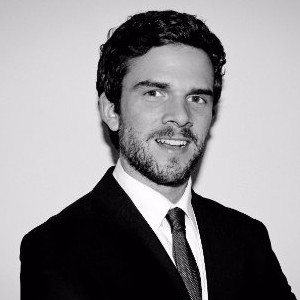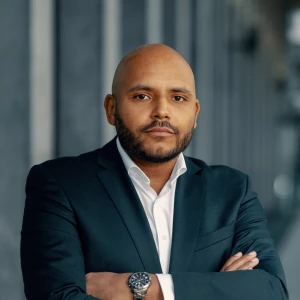Hi
I have virtual interviews with the Brussels office of McKinsey as I am based in the US.
I wonder if there is any specific thing to thing to think about when it comes to virtual interviews? Any special Preparation?
Thanks!
Nicolas
Hi
I have virtual interviews with the Brussels office of McKinsey as I am based in the US.
I wonder if there is any specific thing to thing to think about when it comes to virtual interviews? Any special Preparation?
Thanks!
Nicolas


Hi Nicolas,
fit part and cases are similar to the standard ones in face-to-face interviews. Preparation should then cover the following:
Fit
You should prepare the standard questions on leadership, drive, impact plus questions about the firm; thus at the bear minimum the following ones, using a STAR or PARADE structure for the answer:
Case
Standard 30-minute case, as in face-to-face interview (profitability, M&A, market entry etc). It may be slightly easier to get a market sizing case, as this is simpler to deliver and follow in a videocall
Additional tips
Below you can find some additional suggestions:
# 1. Go the extra mile in the case when presenting what you think. This is important in face-to-face interview, but even more in phone/video interviews where the interviewer cannot see you or your notes. In short, this implies:
# 2. Hang on the wall in front of you all the material you need (structures, tips for fit part, etc) – in this way you do not have to look for information on the go
# 3. Prepare your own questions. One thing many candidates neglect to do at this stage is to prepare their own questions. Relevant questions at the end are a great way to show your interest in the company and get additional points. In the first reply at the following post you can find some more information on the ideal type of questions to ask at the end of your call: https://www.preplounge.com/en/consulting-forum/open-house-at-bcg-311
# 4. Dress properly - as if you had a face-to-face interview
# 5. Prepare the place for the call - good internet connection and quite environment are must-have
# 6. Smile – it's the easiets way to show energy and is perceived even if there is no video
Hope this helps,
Francesco

Dear Anonymous A,
I have some experience with this.
Aside from the usual tips that apply to an in-person scenario, I would advise that you rise above the technology:
try to release your personality even though your interviewer is hundreds of miles removed from you;
try to avoid the temptation of ALWAYS directing your remarks at the video image of your interviewer in the video feed as this is not making eye contact, instead, try from time to time to look right into the camera;
keep your hands on the table and in plain sight at all times (it reinforces credibility and confidence); and
be prepared to be just as efficient and disciplined at working with exhibits shown on your video screen (sometimes, this can be a little tricky) as you would with paper exhibits in front of you.
All the best to you.
Hi,
Yes - I train a lot of students on this. What to expect - questions are pre-recorded usually, depending on country you may have it via Skype, but usually webcam.
Couple of obvious things - look professional, make sure it is in quiet space with good wifi. Your bedroom usually works (tidy room though). Also make sure you will not get disturbed.
Less obvious - they are testing you on communication and structure. Practise questions such as: Why McKinsey, Tell me about yourself, etc. to have in bullet points (structure). They want to see a bit of personality - so make sure you smile occasionally and appear friendly.
This is a test to see how you can potentially speak with clients - you will have a ton of nerve racking situations on the job, this is a good test for strategy firms.
Hope this helps! Good luck!
Victoria

Hi,
A video interview is a bit harder since you have less personal contact.
I would provide some general recommendations:
Best,














